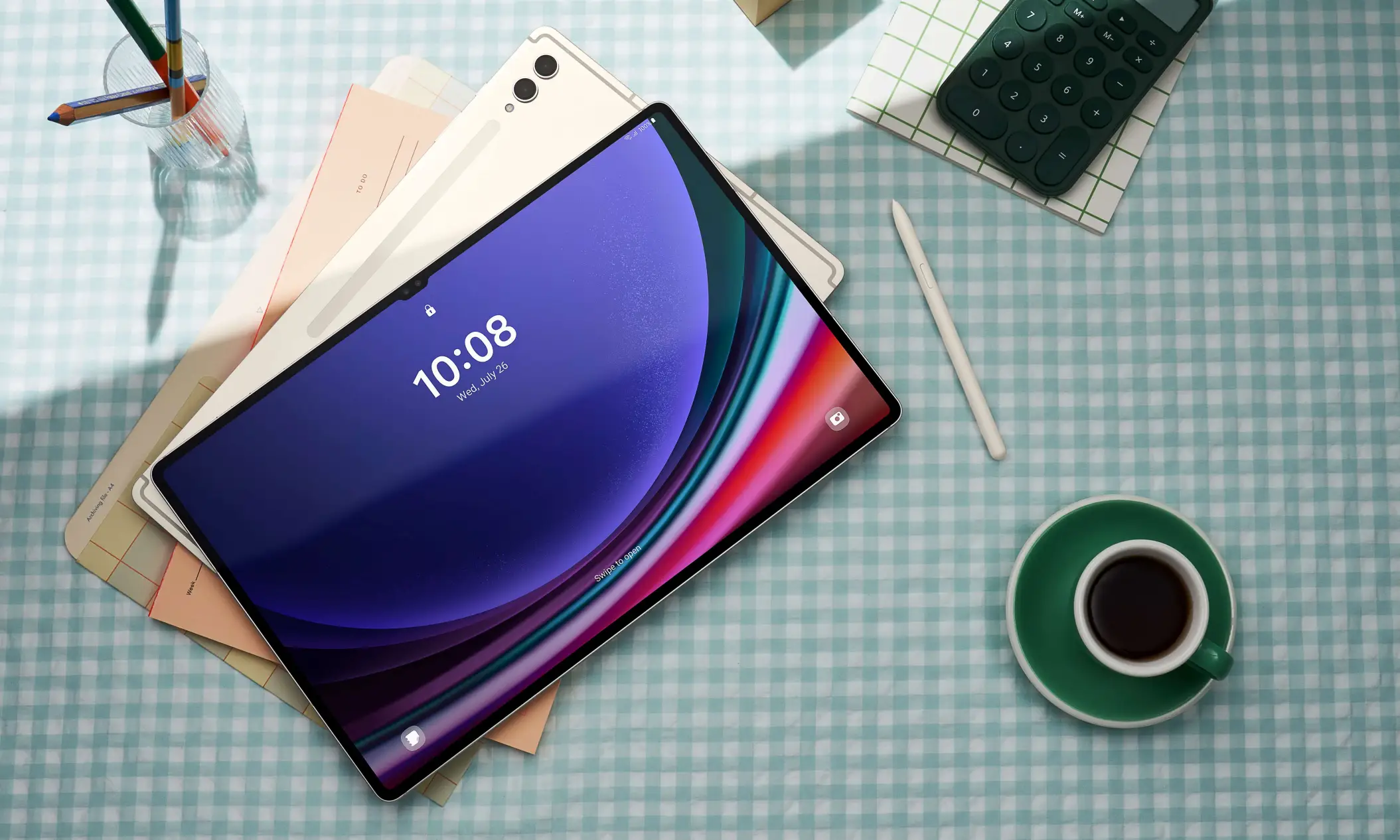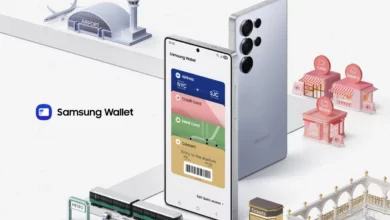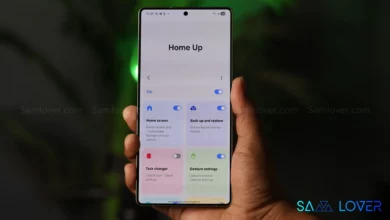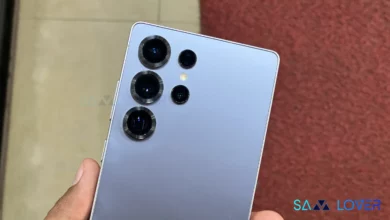Samsung One UI Users Can Use Edge Lighting Effects Without Good Lock
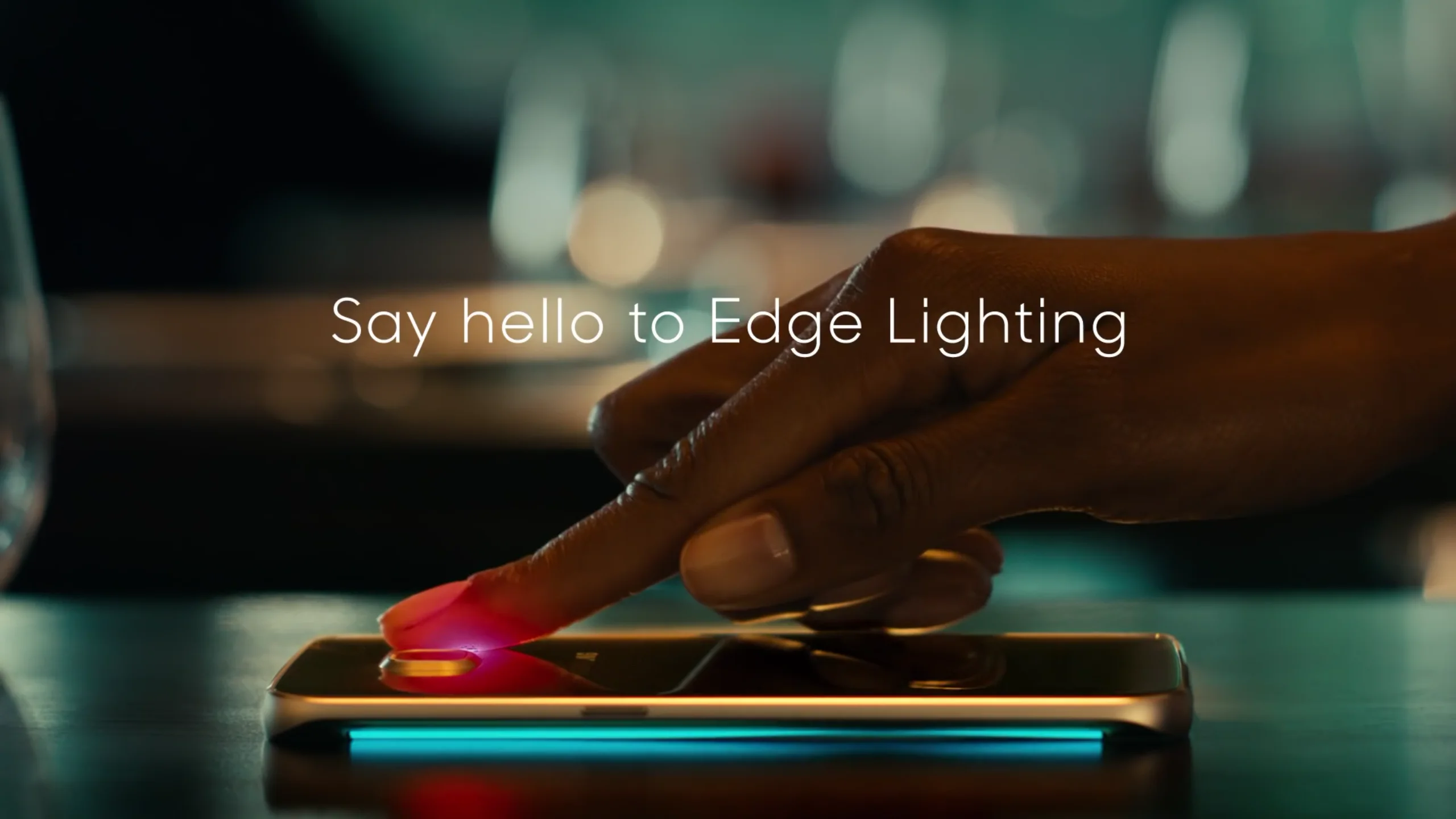
Samsung offers a feature on Galaxy smartphones named Edge Lightning that permits users to customize their lightning experience as per their convenience. And now some of its parts are available in One UI as a general option.
Edge Lighting is one of the exclusive features of Good Lock, but now the brand has made some of its parts available in One UI, especially for those who were not eligible to get access to the Good Lock platform. Although it seems like a minor change, it must be noted that it is quite convenient for those who were unable to have access to the Good Lock.
Here’s the question: exactly what does the ‘Edge Lighting’ feature stand for?
Edge Lighting is a Galaxy smartphone’s thing that allows users to use the overall edge of their display as a notification light. It also permits adding visual effects on and around the edges of the display.
It also gives users the freedom to see when they have a new notification on their Galaxy device, plus it differs from the simple effects at the edge of the screen with quite intricate designs featuring firework, bubbles, and many more.
Here’s how the interested ones can easily, without even much effort, add Edge Lighting effects to their Galaxy smartphone
- Go to the Settings app
- Then access “Notification.”
- Open “Notification pop-up style.”
- Finally, tap on “Edge Lighting Style.”
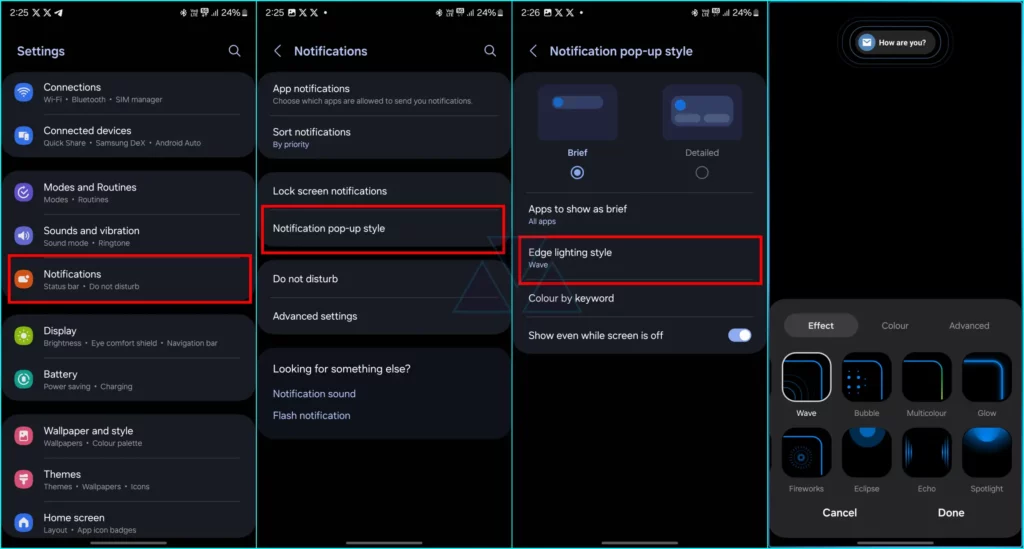
Basically, one is eligible to choose one out of eleven edge lighting effects. Out of which some are single tone, whereas others consist of extra elements such as ripples, spheres, and more. Also, some of them are single-tone, and the rest of the others are multi-colored.
